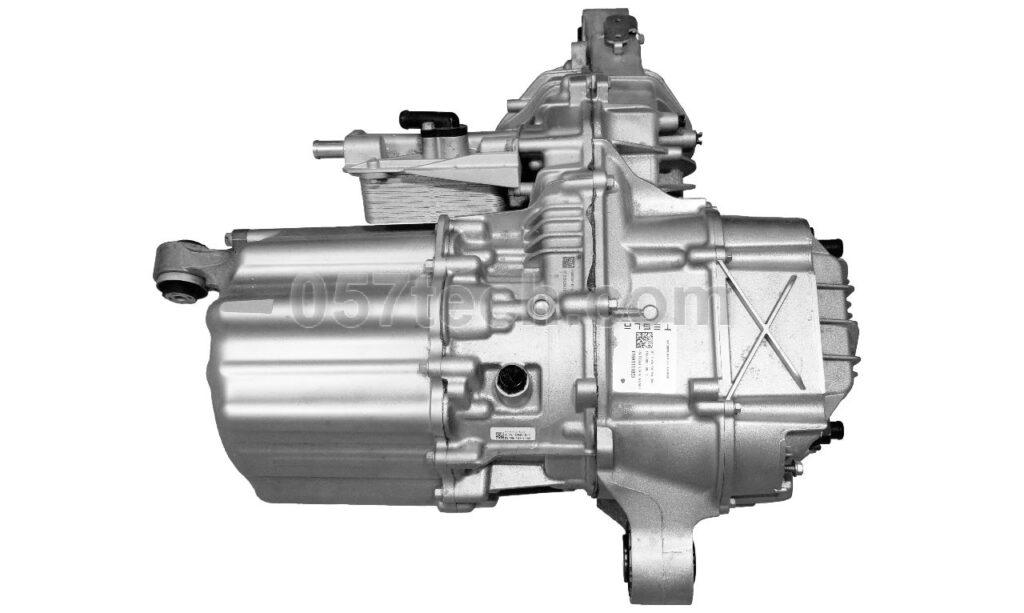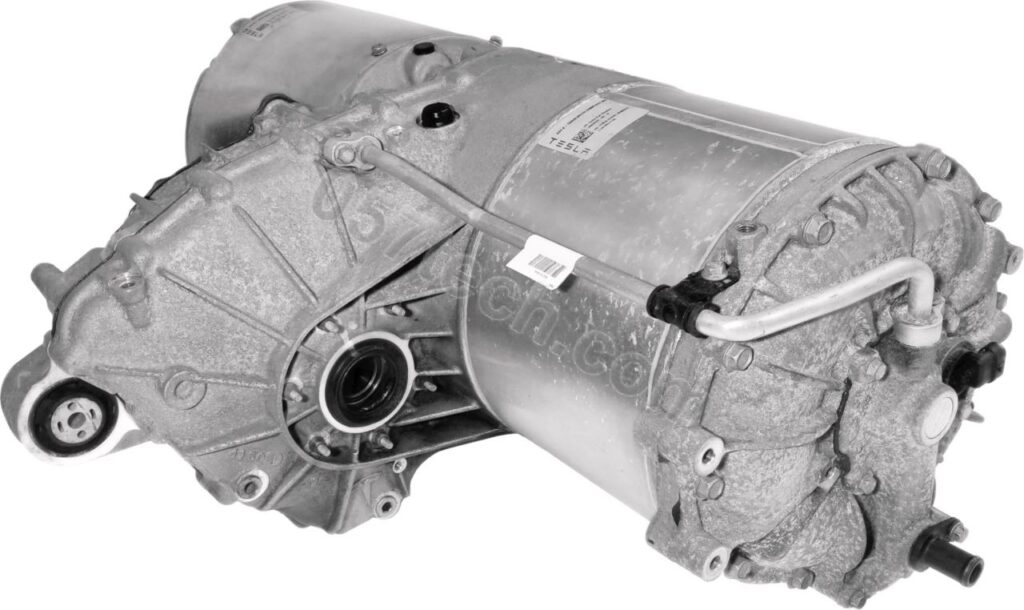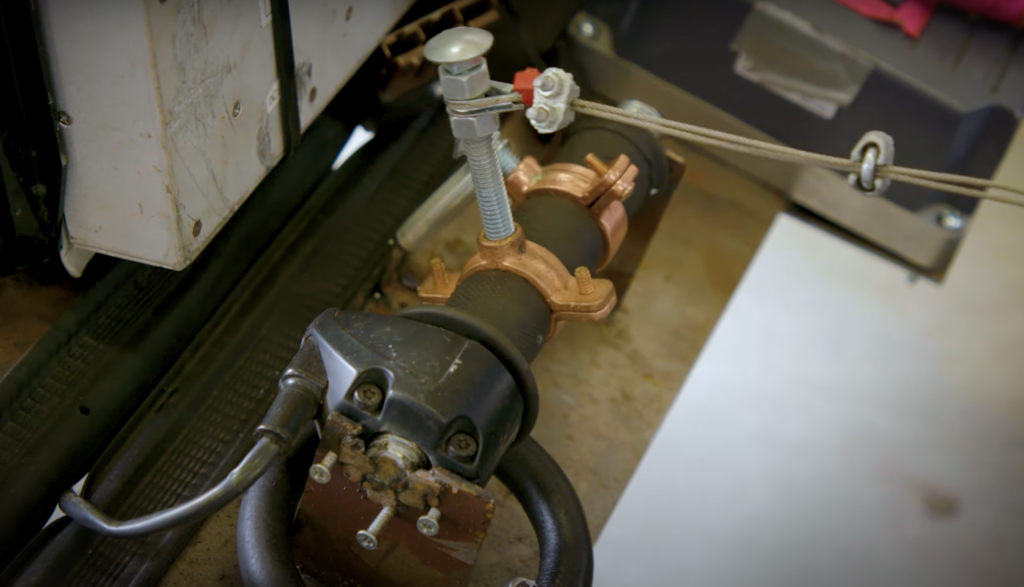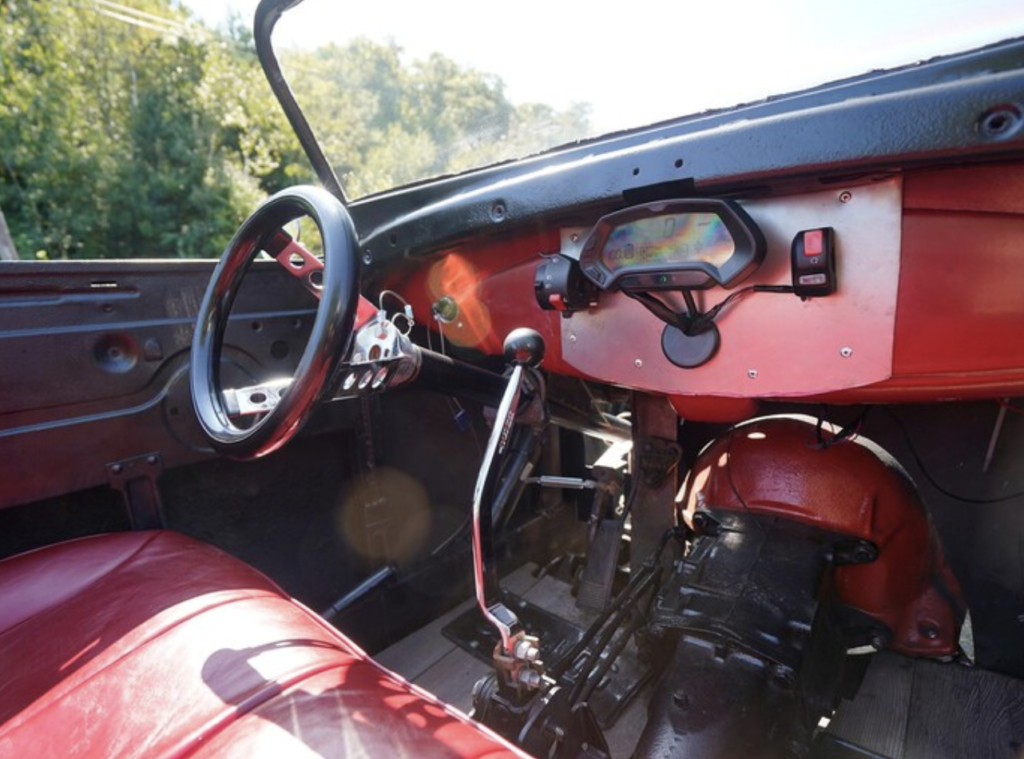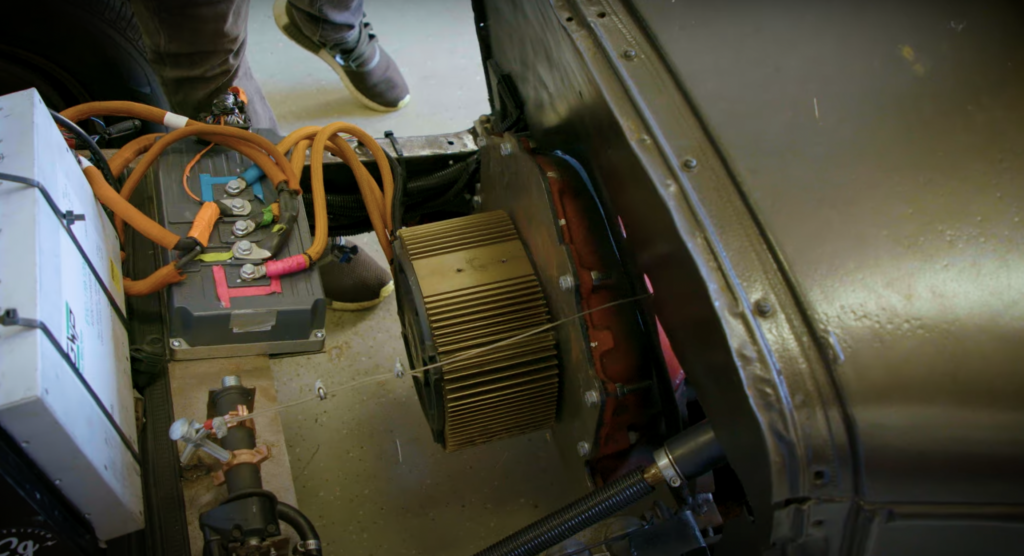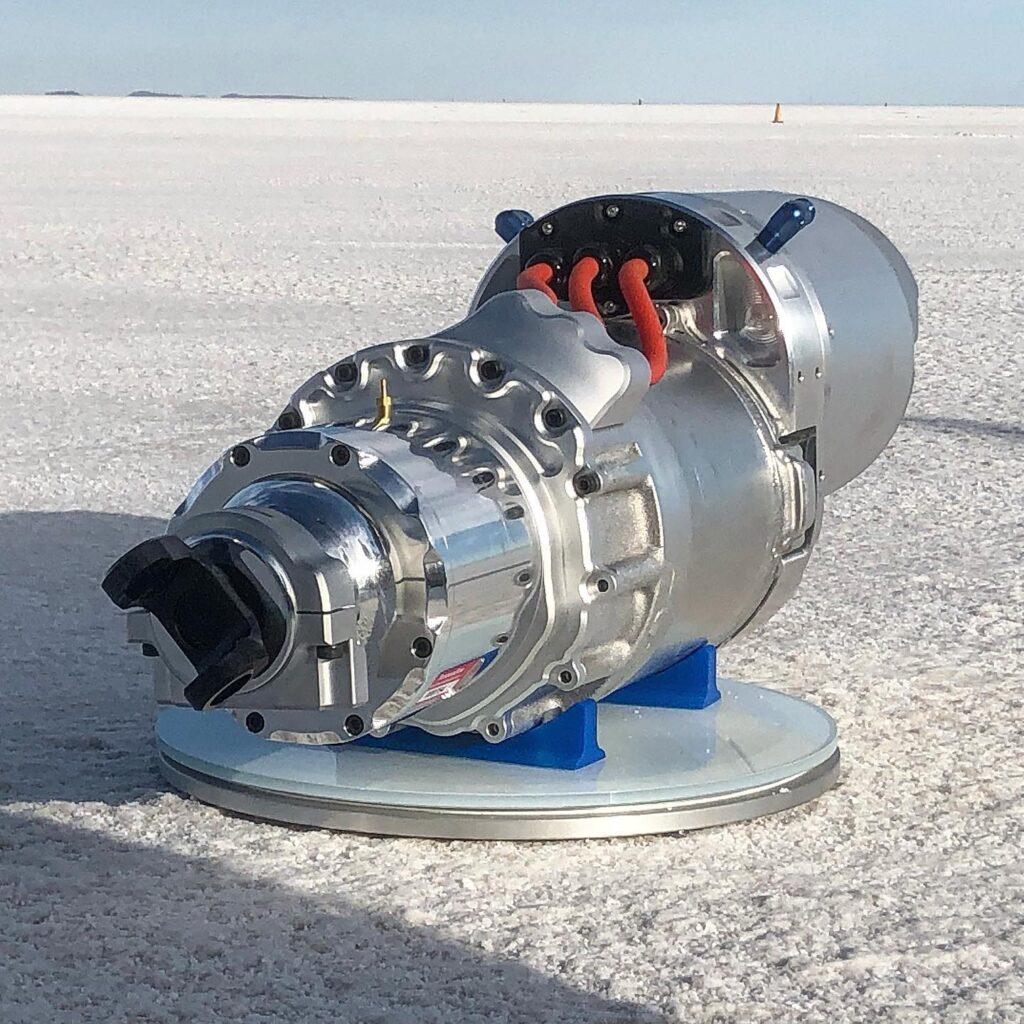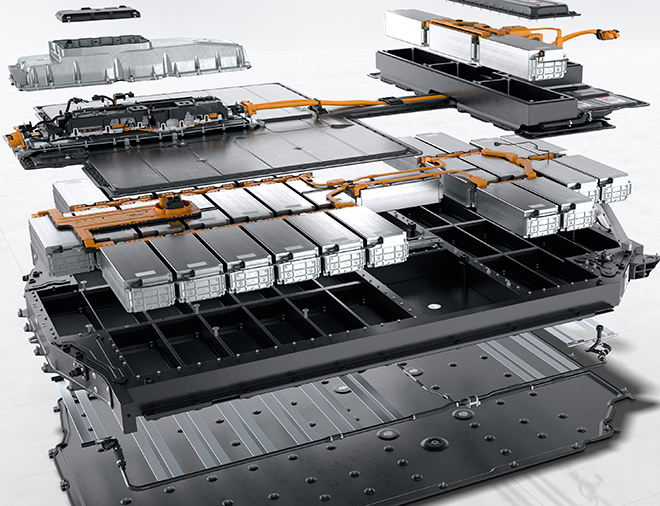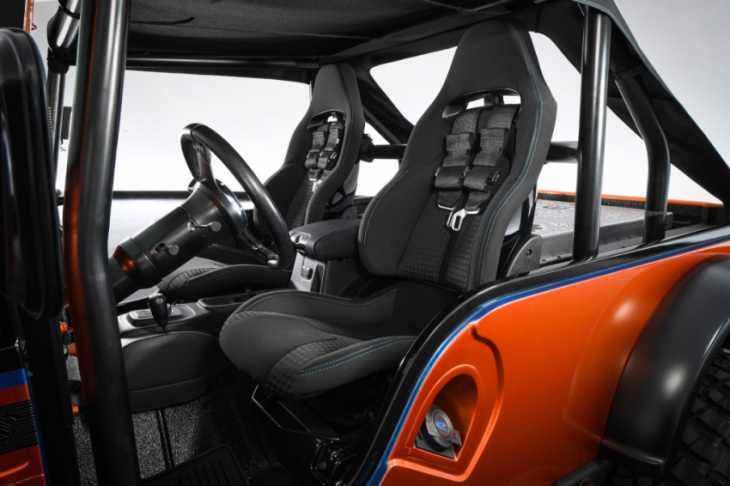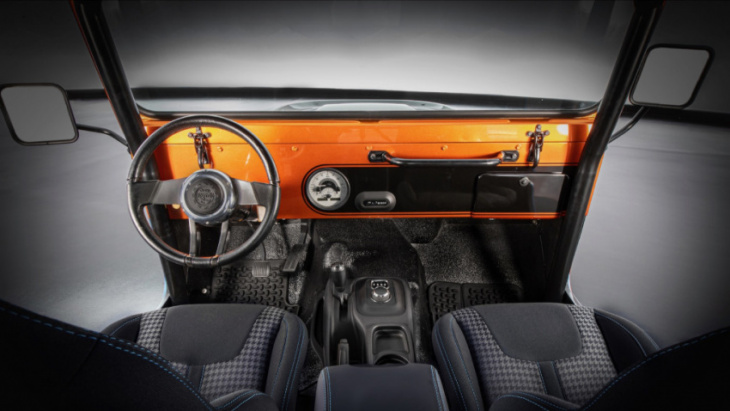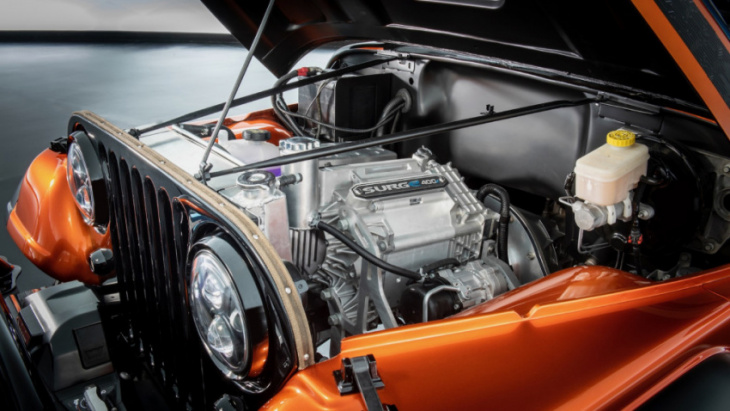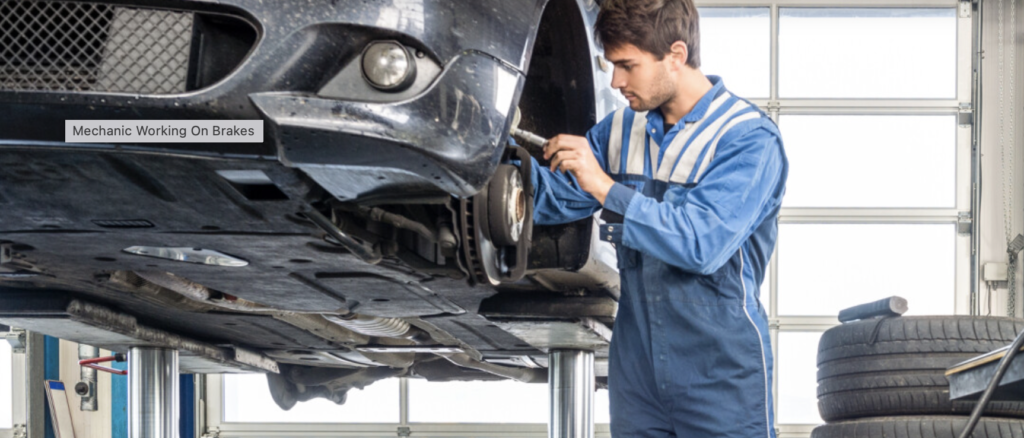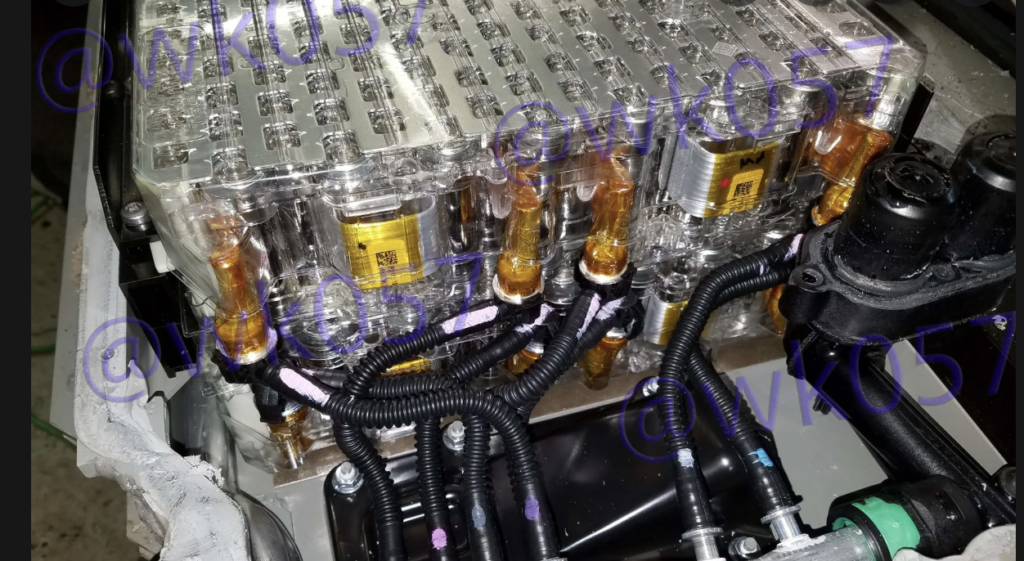Can You Charge your Car with Solar Energy?
How Much Power Does an Electric Car Use?
The amount of power an electric vehicle requires depends on several variables, including:
- The size of the pack for your EV build
- How much you drive
- The battery system you incorporate into your solar PV system
For Example, the 2020 BMW i3 requires 30 kWh of its 42 kWh pack to drive 100 miles, while the 2020 Tesla Model 3 Long Range only requires 26 kWh of its 82 kWh pack to go an equal distance. The EPA converts this rating into “miles-per-gallon equivalent” (MPGe) to help consumers determine the most energy-efficient option
IMAGE
How Many Solar Panels Would I Need?
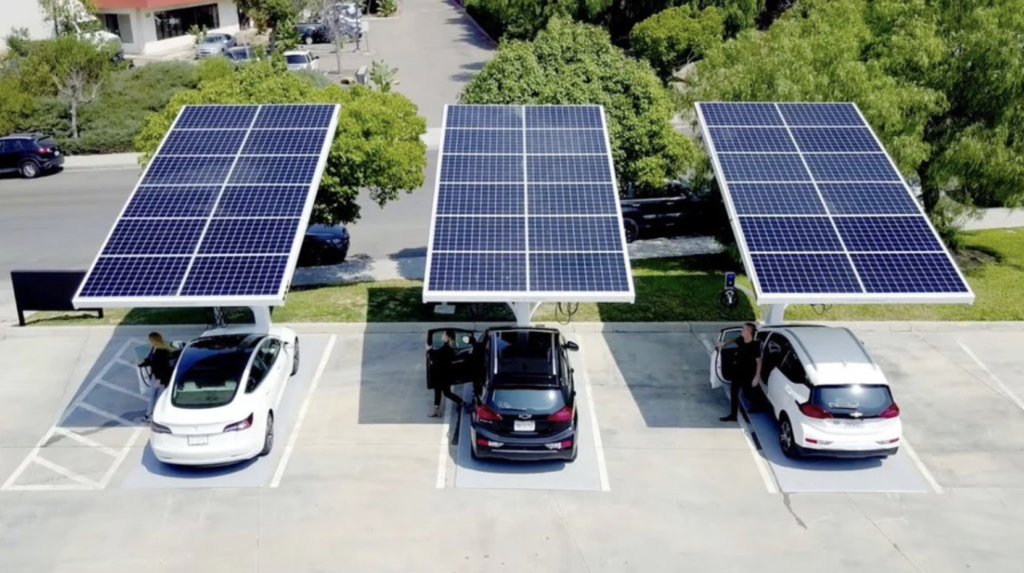
To calculate the number of solar panels. You will need to figure out how much energy your electric vehicle will require per day. Consider the following equation: The average Mid Size Electric Swapped vehicle gets around 3 miles per kilowatt. Say you drive 20 miles per day. You will need around 7kWh stored energy per day to replace what you used that day.
Assuming you receive around 5 hours of direct sunlight on your solar panels each day. A premium solar panel could produce about 1.5 kWh per day. So, you would need at least four 290-watt panels to give you the power you need to power your EV autonomously, without help from the grid. The more you drive, the more you need!
What Parts Do You Need To Charge An Electric Vehicle?
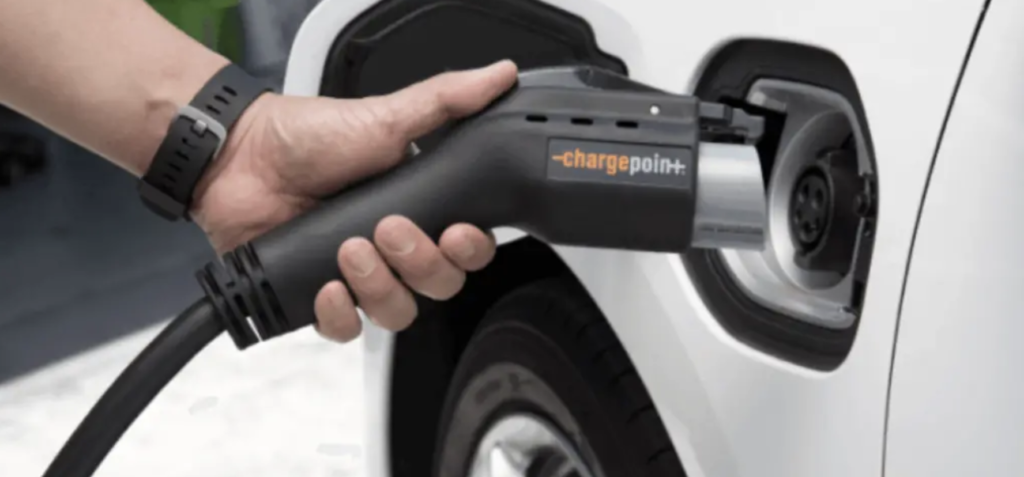
Remember that the solar panels needed to power your car are added to your home’s energy requirements. So, for homeowners looking to achieve carbon-zero status. You will need to slightly increase your solar PV array size to accommodate an EV’s electricity requirements.
Battery Storage
Besides a solar panel, you will need a way to store the energy produced by your panels. This storage is necessary because most families rely on charging their EVs overnight when the sun is not shining. There are many home battery storage options on the market
today. For example, the Tesla Powerwall 2 is one of the best batteries on the market for EVs as it stores up to 13.5 kWh of energy. This capacity should be enough to help you meet your daily mileage requirements.
Charging Station
In addition, you will need a charging station (usually located in your garage or driveway) where you can plug in your car. We recommend level 2 chargers, as they offer much faster charging times. There are many options available. Like the ChargePoint Home Flex EV Charger. Some offer up to 37 miles for every hour of charging, thus radically reducing your overall charge time. This option is WiFi compatible, connecting to your smartphone to let you know how much time is left before your car reaches a full charge.
Electric Vehicle Cost Analysis

Finally, we come to the most important consideration: how much can you potentially save by switching your classic gas-powered car to Electric powered, even after the extra expense of the equipment needed?
Let’s say that you currently have a gas-powered car that gets 30 miles per gallon, and you drive an average of 30 miles per day. If the average cost of gas stays around $2.50 per gallon (and as oil becomes ever more scarce, it should only continue to rise in price), you will pay $2.50 per day or $912.50 each year in gas.
If you converted to an EV that gets an average of 3 miles per kWh, and the average cost of electricity is $0.13 per kWh, then it would cost you $1.30 per day or $474.50 in electricity costs, even if you were charging your EV from the municipal powered electrical grid.
Suppose you invest in a 1 kWh solar PV system, including a Tesla Powerwall battery and an efficient charger. In that case, the long-term savings begin to add up for your transportation needs. You can find a quality household EV charging station for under $600, and the Tesla Powerwall 2 currently is priced at $9,250, including all necessary hardware. The solar panel’s cost stands at just under $3 per watt or $3,000 for a 1 kW system. Including installation costs, you might be looking at an investment of about $13,000 for a PV system that will autonomously power an electric vehicle for up to 25 years (the average lifespan of solar panels).
Even assuming that the price of gas remains steady over the next quarter of a century (which it surely will not). You could expect to save upwards of $12,000 over 25 years, even after factoring in the costs of installing a solar-powered EV charging system. Moreover, if you were to incorporate a solar power EV system into an already existing residential solar array. The prices would even be lower.



